

Plum Digital > Solutions Menu > Data Sheets > |
the same simple drawing may be: > framed to hang in Grandma's powder room Which has the most monetary value? |
That’s why we charge Exxon or McDonald’s more than your local small business for the same type of service. How do we go about accounting for those factors and still charge a fair price?
Fortunately, the Graphic Arts Guild formed to help Creatives and Providers with information about skills, services, resources and industry pricing related to the Graphic Arts. We may not use the exact fees the Guild quotes, but they are the base for our prices. The Guild regularly surveys the industry (worldwide) and publishes their findings, which includes legal guidelines and contracts. They show us what jobs are being performed and what elements are typically included for the fee.
The Market is broken into categories --- Major Corporate, Minor Corporate, Trade, Non-Profit, etc. --- most of these categories are self-explanatory. Trade is what we call something designed for a specific target audience, specialized or general consumer. The size of the print run is also taken into account. A Small Run is 3,000-7,000 copies, an Average Run is 10,000-20,000. In Publication Design a hardcover may include a 50% fee for subsequent paperback use. Minor Trade is designed for a targeted genre category.
The Design Fee includes presentation of three (3) rough design ideas. A single design idea might include both the front cover and the spine of a book, a set of stationery for a business, a poster, or a corporate logo. The fee includes one "tight comp" - a finished looking mock-up with designed type, and one (1) finished "deliverable" form of the work. If more ideas, presentations or copies are necessary, additional fees are charged. Details will be specified in the contract.
The Copyright and the original art are the property of the Creator/s. The work may or may not have long-term value. Because it is less expensive that way, most work is priced like a lease. You pay for the creation time, materials and usage for one (1) “run” or Campaign in one (1) Market Area, typically North America. For a book, your rights are for the First Edition Only, including use of the image in promotional advertising for that edition. All other rights are by negotiation. Any tangible items created are taxable. Digital finals are not taxable unless burned to a disc.
If you decide to reuse something, you pay a fee for the reuse. Even if it does not have future value to you, the Designer may make use of it in other ways. As the copyright owner, the Designer can reuse or sell it after the contract period is up. You may purchase the art outright ... literally “All Rights” ... at an additional cost, generally expensive, to cover the additional value. This requires a legal transfer in writing. Even if you purchase the copyright, the Designer has the right to use it in their Portfolio for self-promotion under Fair Use. Significant Supreme Court rulings were made on Copyright in 2001 overturning 1997 decisions that favored the publishing industry over creators. It is an ever-changing landscape. Contact the Guilds with questions.
Do you need a contract? Yes. It protects both parties and is required by law for transfer of copyright. The contract outlines what both parties can expect and when fees are due. A contract is signed, a schedule and a budget are agreed to and money changes hands.
A design job is usually divided into three stages, defined in the contract. Some research and presentation of ideas may be part of the initial agreement, before the contract is signed. Payment is also divided into roughly the same stages. Designers will mark up expenses and vendor services to cover out-of-pocket charges. This covers managing the process and extending the client credit for the costs. If the job is for design only the work is finished at stage two. The balance is due on completion of the contract. Timing is dependent on many things, including receipt of critical materials and timely client approvals.
The stages generally represent the following milestones:
1) Planning and Concept Development. An Advance (usually 1/3 of the total billing) is paid when the contract is signed. Research and generation of ideas begins in earnest. Sketches or examples are created.
2) Design Refinement. A visual proposal is made to the Client and ideas that were generated get approved. Payment (1/3 with incurred expenses) is made and the designer starts producing the final work. If additional ideas are required, additional fees are charged and the schedule will be adjusted accordingly. Ideas are presented until one is approved or the job is canceled.*
3) Design Implementation and Production. Final deliverables are provided as digital files. Outstanding fees (final 1/3 with expenses) are due upon delivery. The contracted work is finished, and the contracted payment is due. Errors and delays caused by the Client are the responsibility of the Client. Errors caused by any of the Creatives are covered in the contract, will be corrected, if possible and any expenses generated in the process will be negotiated as set forth in the contract.
* If the job is terminated or canceled for any reason, fees for time spent on the work are still applicable. If this happens near the end of the process, the entire fee is due. Rights to canceled works stay with the Creative. We have all had the "if I say I don't like it, I get to keep it for free" scammer at least once in our careers.
![]()
The most recent Guide covers the Guild survey done in 2013.
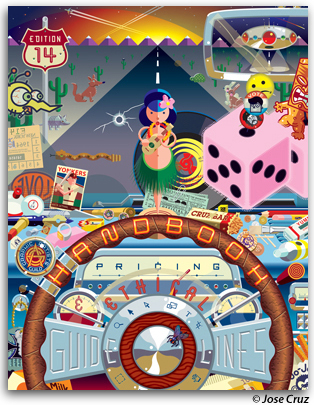 |
Publication Design: to create the format and look of a printed or online magazine, tabloid, newspaper or "white paper." Includes front cover and spine. Branding, what is known as logo design, is a complicated and critical issue. Most people are not aware that a typical corporate logo project costs $25,000-75,000 for the design phase. Production of related materials is additional. Even a small business logo will be $1,800-$10,000, depending on the business. |
Publication Design: |
$40-100/hr, |
References:
[The Guild https://www.graphicartistsguild.org has resources on the Web and chapters in most major cities. For members they offer many services. You can obtain a copy of the 400-page Guide at Amazon http://www.amazon.com/Graphic-Artists-Handbook-Pricing-Guidelines/dp/0932102166 or the Guild https://www.graphicartistsguild.org/handbook for about $40 retail.]
![]()
Design Basic Sketches Layout Mockups Production Basic Project Admin |
$35/hr $25/hr $35/hr $25/hr $25/hr $25/hr |
Apple Device Training Photo Cleanup Basic Photo Illustration Vector Illustration Simple Local Travel |
$20/hr $35/hr $55/hr $75/hr $0.60/mi |
Self-Published or Print-On-Demand Books.
Flat Rate $400-TBD*
An Independent press cover design of average complexity including front, spine and back, with a reasonable deadline** (client materials provided in usable condition), one time limited rights, dropped into a Lightning Source, Inc.or similar submission form would be an entry rate.
Deliverables: Three (3) digital sketches or comps (comprehensive visual representations) One (1) final “tight“ comp digital proof, production and delivery of digital camera-ready art. Creation of tangible elements and hardcopies are taxable. Additional sketches, comps, presentations and author’s changes will be billed.
Example of a simple book cover, with provided art work and photos. Complex covers in Illustration.
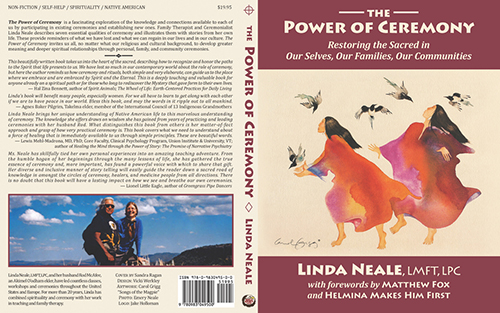
Discounts available to Starwerks Publishing clients, non profits and other special groups. |
Promotional or Advertising Materials. Flat Rate $300-TBD*
A project of average complexity with a reasonable deadline**, one-time limited rights, all materials provided in usable condition. Deliverables: Three (3) digital sketches or comps (visible representation.) Tangible elements and hardcopies are taxable.
Example of a simple black and white newspaper ad done to the clients specifications. Minor photo work.

Example of a complex ad with photography and photo composites. Logo provided by the client.
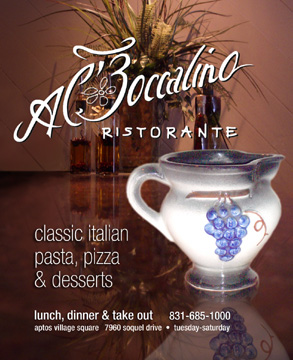
Logo Design Flat Rate Please inquire $TBD*
Every job is different. The top two images look relatively simple but went through several variations. The third incorporates an illustration adapted from a photo of Caitlin as a baby. Lynn's name was painstakingly drawn by hand because no typeface had the handmade look with the right combination of letters. All required hours of seemingly endless type samples, massaging spaces between letters and letter shapes to get a the balance right.

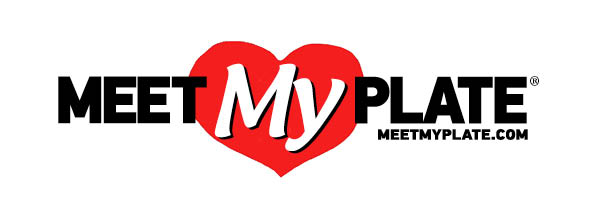

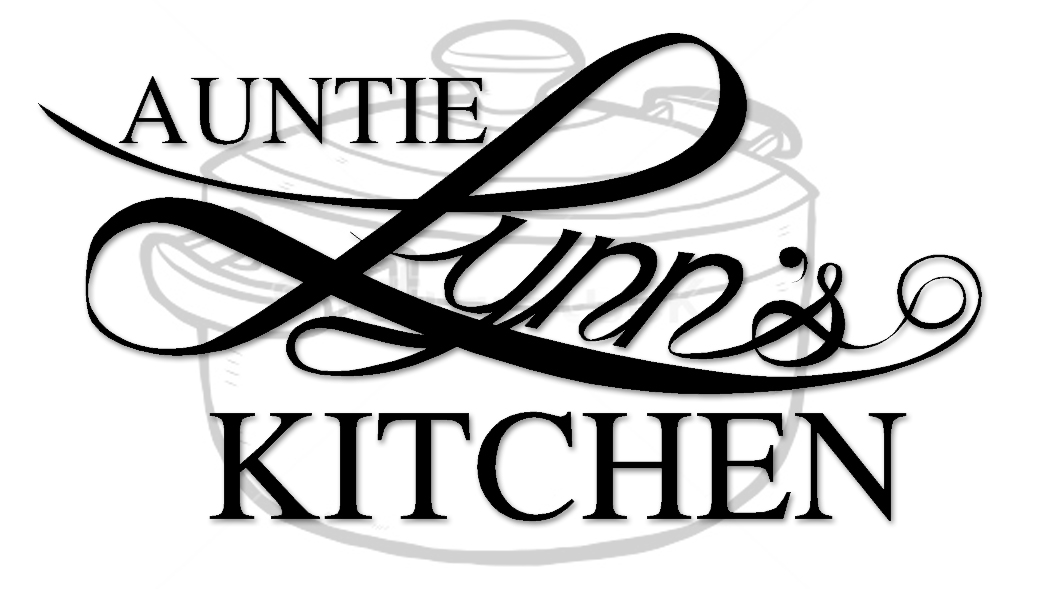
![]()
* Complex Rates will be calculated based on the requirements of the job.
**Please leave adequate time for sending, receiving and reviewing materials before submission.
Design credit and portfolio copies of printed works expected when appropriate.
![]()
Rights:
Rights should appear on the contract/final bill in writing. One time reproduction, to be re-negotiated for subsequent publications. Additional payments are required for use of the approved art by another publisher, book clubs, film, TV, web, EPub or other media. All other rights are reserved by the designer. Original art is to be returned. Unapproved versions, proofs and drafts are the property of the designer and/or contributors.
Payment:
1/3 up front, 1/3 on acceptance of the comps, remainder (including expenses) on delivery of the materials. All out of pocket expenses incurred are billable.
A rejection or cancelation fee reflecting the amount of work done is an accepted industry standard. This may be as much as 1/2 the agreed upon design fee for an accepted job plus out of pocket expenses. A 15-25% markup is appropriate on expenses paid by the designer on behalf of the client.
The images and data on this site are the property of sandra ragan/plum grafik, clients thereof, and others as noted. Please respect their hard work and creativity by following the "Golden Rule,"
|
Webmaster: webmaster @ www.plumdigital.com. Thanks.
![]()
Plum Digital > Solutions Menu > Data Sheets >
RETURN TO Plum Digital Doorway
![]()